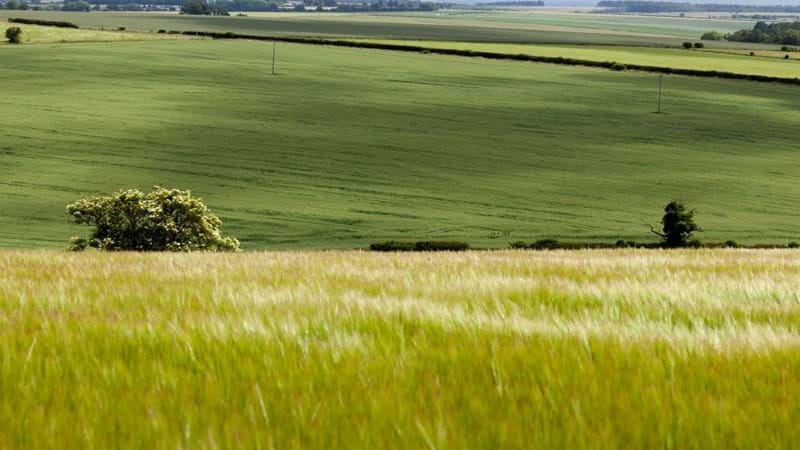Q&A with Project Manager David Bullock

Share this article
28 July 2020
Introduction
Even though the decision about the scheme has been delayed by the Secretary of State for Transport, you will be seeing more of us in the coming months
We are carrying out ecology surveys starting in late July, and towards the end of August we are continuing our ongoing ground investigation along the proposed route. You may even see us in the sky as we look at the land from above using a drone.
To find out more, we asked project manager David Bullock to explain:
So, the first question is why now?
Many of these surveys, especially wildlife and ecology, need to take place at a particular time of year. For example we need to count butterflies in peak season to accurately record numbers. Some work is resuming after we stopped for COVID19 – including measuring levels of underground water which is normally done year-round. We also need to make sure the project is ready to move on if we get the go-ahead in November.
What’s going on?
Surveys will be taking place across different locations inside what we call the “red line boundary” – the outer limit of construction along the proposed route. As well as counting butterflies and monitoring ground water levels, our team will be looking at the activity of all sorts of wildlife including bats, barn owls, badgers, otters and water voles.
These will start towards the end of July – with other work taking place between August and December 2020. Keep a watch out on our social media for what’s coming up each week.
What will this tell you?
Before we start construction, we need the latest information to understand every aspect of the landscape – and what lies beneath our feet – soil, rock and water. This is important for two reasons: Knowing exactly where plants, animals and habitats are now is vital to make sure we protect them in the future and avoid or reduce our impact on them. This will help us in our plans to improve biodiversity in the area.
We also need to make sure we are well prepared with no surprises when we start building – if we get the green light of course.
We’ve been doing surveys over a number of years. Initially these fed into the design of the scheme that we submitted in our DCO application. Now we need more in-depth data – and in some cases at different locations. The companies bidding to build the scheme can then make sure their proposals are based on the latest accurate information.
Will this affect me?
Nearly all the work we’ll be doing is on private property, such as farmland. However, if you’re out walking your dog, you may see some of our team wearing high-vis clothing and carrying out surveys, or vans and equipment in fields.
Any work we do in public areas will look very similar to normal road works, with safety barriers around a small section of a pavement or road, with a diversion around it for traffic or pedestrians.
Is there anything else coming up?
From August we will continue with our ground investigation surveys along the proposed route of the scheme. This follows work we did last autumn, and includes drilling a series of investigative boreholes and shallow trial pits in different locations. These will help us understand the type of soils, rocks and groundwater in more detail. Work will begin in the western end of the scheme north of Winterbourne Stoke on private land.
From September, the contractor will then move to Countess roundabout where there will be some temporary lane closures in place to allow us to carry out these surveys safely.
We are still finalising the details for this work and will provide further information and updates in the coming weeks.
We’d like to thank the local communities and travelling public for their patience while we carry out work.
